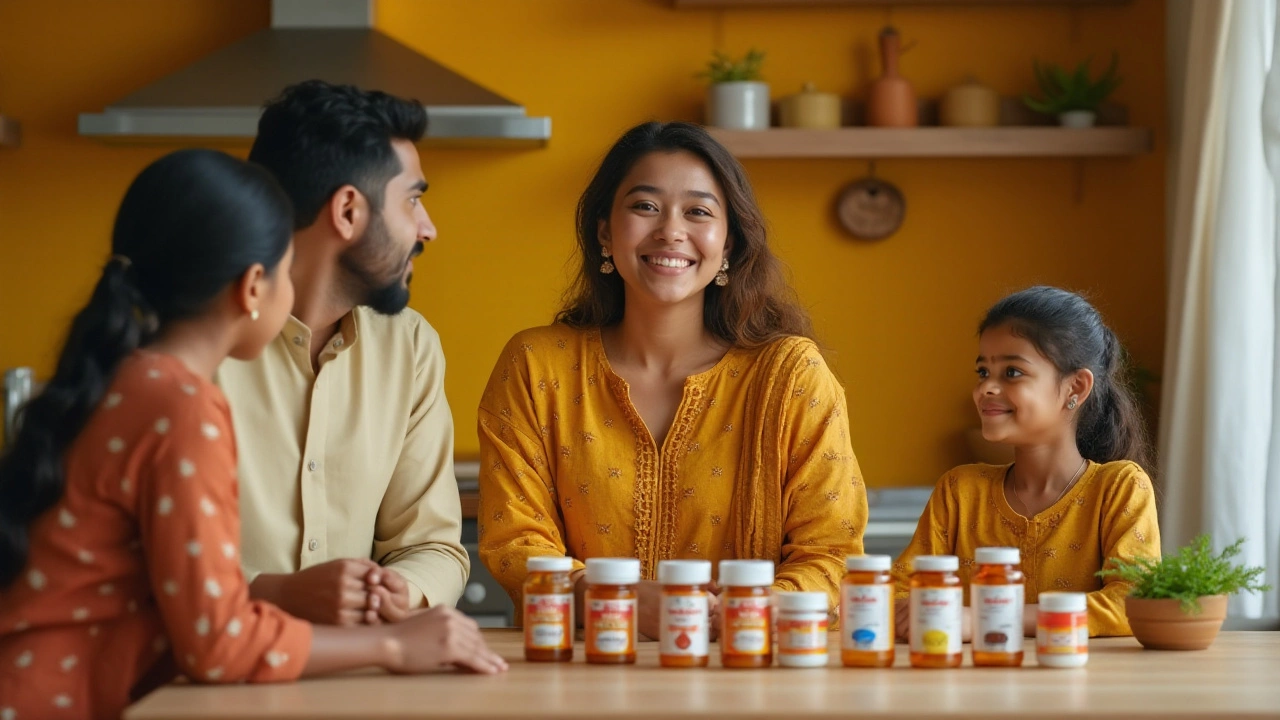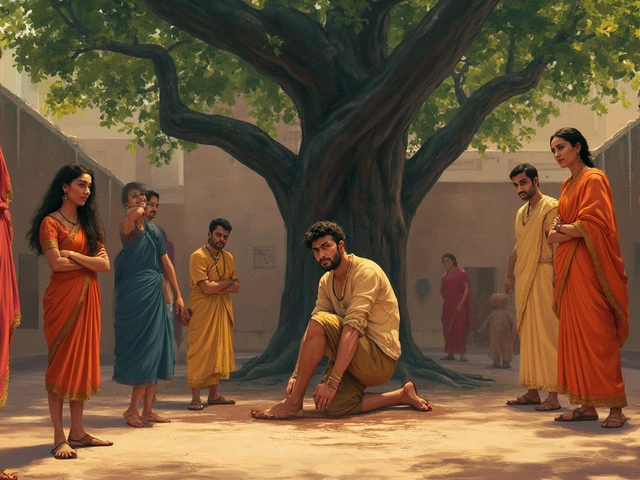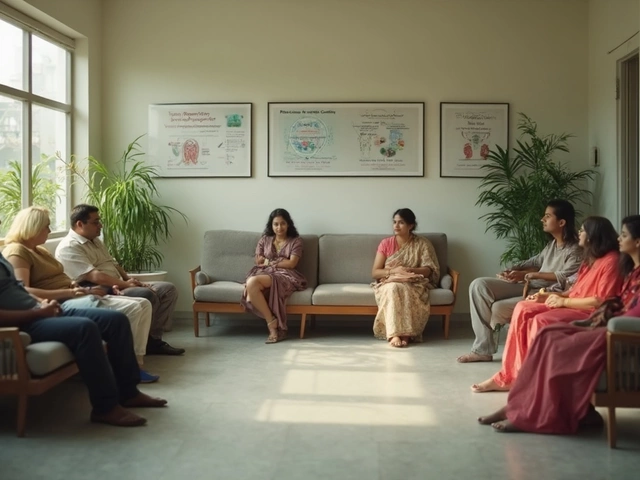Medicine Interactions: What Every Patient Should Know
Ever taken two pills and wondered if they’re playing nice together? In India, mixing medicines—prescription, over‑the‑counter, or herbal—can create hidden toxicity. Knowing the basics can stop a harmless‑looking combo from becoming a health nightmare.
Typical Interaction Triggers
Some medicines simply don’t get along. For example, ibuprofen (a common NSAID) can raise blood pressure when you’re already on antihypertensive drugs. Antacids can cut the absorption of certain antibiotics, making them less effective. Even popular Ayurvedic herbs like Ashwagandha may boost the effect of blood‑thinners, raising bleeding risk.
These clashes happen because drugs either compete for the same metabolic pathways in the liver or alter the body’s chemistry in ways that affect another drug’s action. When two substances share the same enzyme—like CYP3A4—one can block the other, leading to higher levels in the blood.
Practical Steps to Avoid Dangerous Mixes
First, keep a running list of everything you take: prescription meds, OTC painkillers, vitamins, and herbal supplements. Show this list to every doctor and pharmacist, even if you think a product is “just a herb.”
Second, read labels carefully. Look for warnings like “Do not use with blood thinners” or “Avoid dairy products.” If a label is vague, ask the pharmacist for clarification.
Third, space out doses when possible. Taking a drug that needs an acidic stomach environment (like some antibiotics) at the same time as an antacid can neutralize its effect. A simple two‑hour gap can make a big difference.
Fourth, watch for side‑effects that seem odd—unexplained bruising, dizziness, or sudden stomach pain. These can be early signs of an interaction. If anything feels off, call your doctor right away.
Finally, use reputable online resources approved by the Indian Council of Medical Research (ICMR) to double‑check any new supplement before adding it to your regimen. Reliable sources list known interactions specific to Indian brands.
Here’s a quick cheat‑sheet you can print:
- Antibiotics + antacids = reduced absorption – separate by 2 hours.
- Blood thinners + herbal supplements (e.g., ginseng) = higher bleeding risk – avoid combo.
- NSAIDs + hypertension meds = possible BP rise – discuss alternatives.
- Diabetes drugs + high‑sugar herbal teas = blood‑sugar spikes – limit intake.
Remember, the goal isn’t to scare you but to give you a clear roadmap. Most interactions are avoidable with a little vigilance. Keep your medication list handy, ask questions, and trust your gut if something feels wrong.
By staying informed, you turn a potential toxic surprise into a simple habit of checking. Your health stays in your hands, and you’ll avoid the hidden dangers of drug interactions that many patients in India overlook.

Is It Safe to Take Herbal Supplements? What You Need to Know Before You Start
Herbal supplements may seem safe because they're natural, but they can interact with medications, cause side effects, or even harm your liver. Learn what's truly safe-and what to avoid-before you take them.

Which Vitamins You Should Avoid Taking Together
Understanding which vitamins shouldn't be taken together is crucial for maximizing their benefits and avoiding potential adverse effects. Certain combinations can reduce absorption, cause side effects, or even be harmful. This article explores which vitamins to avoid mixing, providing practical advice for optimizing your supplement regimen. Discover common myths and tips to ensure you're getting the most out of your vitamin intake.

Most Painful Bone to Break: Beyond the Obvious
Feb, 7 2025



